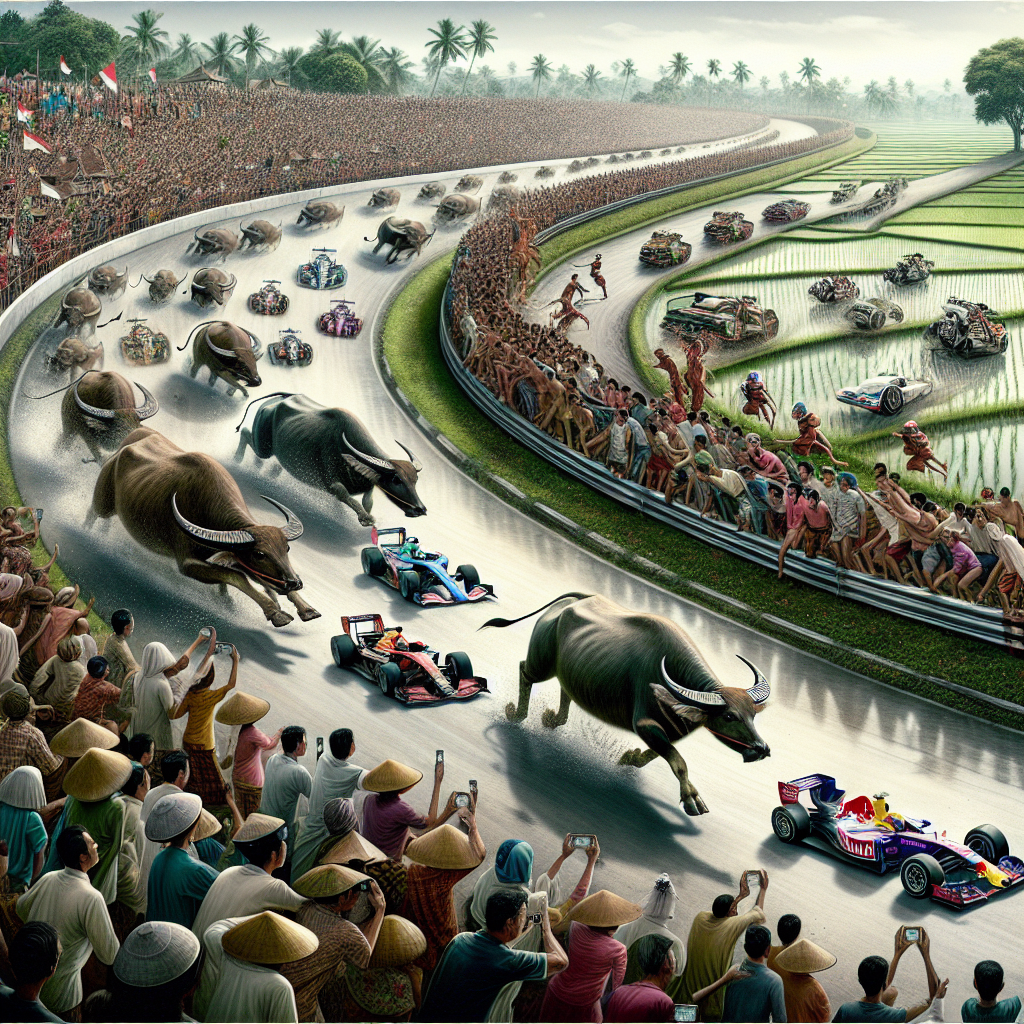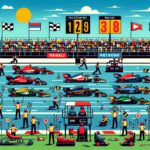-
Table of Contents
- Introduction
- The Early Days of Motorcycle Racing
- Pre-Independence Era
- Post-Independence Era
- The Rise of Circuit Racing
- The Birth of Sentul International Circuit
- International Racing Events
- The Emergence of Formula One
- Formula One Fever
- Challenges and Setbacks
- The Future of Racing Events in Indonesia
- Continued Growth and Development
- Investment and Infrastructure
- Summary
Introduction

Indonesia has a rich history when it comes to motorsports, particularly in the realm of racing events. Over the years, the country has witnessed the growth and development of various racing disciplines, attracting both local and international participants. From the early days of motorcycle racing to the emergence of Formula One, Indonesia has become a prominent destination for motorsport enthusiasts. In this article, we will delve into the long history of racing events in Indonesia, exploring the key milestones and significant moments that have shaped the motorsport landscape in the country.
The Early Days of Motorcycle Racing
Pre-Independence Era
The roots of racing events in Indonesia can be traced back to the pre-independence era. During the Dutch colonial period, motorcycle racing gained popularity among the locals. The first recorded motorcycle race in Indonesia took place in 1914 in Batavia (now Jakarta), where riders competed on a dirt track. These early races were primarily organized by motorcycle clubs and attracted a small but passionate audience.
Post-Independence Era
After gaining independence in 1945, Indonesia experienced a surge in motorcycle racing events. The sport became more organized, with the establishment of official racing circuits and the formation of national motorcycle racing associations. The first national motorcycle racing championship, known as the “Piala Presiden” (President’s Cup), was held in 1952. This event marked a significant milestone in the development of motorsports in Indonesia and laid the foundation for future racing events.
The Rise of Circuit Racing
The Birth of Sentul International Circuit
In the 1990s, Indonesia witnessed a shift towards circuit racing, particularly in the four-wheel category. The construction of the Sentul International Circuit in West Java was a pivotal moment in the country’s motorsport history. The circuit, designed by renowned German architect Hermann Tilke, opened its doors in 1993 and quickly became a hub for racing events. Its strategic location near Jakarta, the capital city, made it easily accessible to both participants and spectators.
International Racing Events
With the establishment of the Sentul International Circuit, Indonesia began attracting international racing events. One of the notable events held at Sentul was the Asian Formula 2000 Championship in 1996. This championship showcased the talent of local drivers and provided them with an opportunity to compete against international racers. The success of this event paved the way for future international racing competitions in Indonesia.
The Emergence of Formula One
Formula One Fever
Formula One, the pinnacle of motorsports, has always captivated racing enthusiasts around the world. Indonesia was no exception to this phenomenon. In the early 2000s, there was a surge of interest in hosting a Formula One race in the country. The Indonesian government and various stakeholders saw the potential economic benefits and global exposure that hosting a Formula One Grand Prix could bring.
Challenges and Setbacks
Despite the enthusiasm for hosting a Formula One race, Indonesia faced several challenges and setbacks. The high costs associated with organizing a Grand Prix, including building a dedicated circuit and meeting Formula One’s stringent requirements, proved to be major obstacles. Additionally, political and economic uncertainties further hindered the progress towards hosting a Formula One event in Indonesia.
The Future of Racing Events in Indonesia
Continued Growth and Development
While Indonesia has faced challenges in hosting a Formula One race, the country’s motorsport scene continues to grow and develop. The popularity of motorcycle racing remains strong, with national championships attracting a large number of participants and spectators. Additionally, circuit racing events, both national and international, continue to take place at the Sentul International Circuit and other venues across the country.
Investment and Infrastructure
To further enhance the motorsport landscape in Indonesia, there is a need for increased investment in infrastructure. Building more racing circuits and upgrading existing facilities will not only attract more racing events but also provide local talent with better training opportunities. Moreover, collaborations with international racing organizations can help bring more prestigious events to Indonesia, boosting the country’s reputation in the global motorsport community.
Summary
In conclusion, the history of racing events in Indonesia is a testament to the country’s passion for motorsports. From the early days of motorcycle racing to the emergence of circuit racing and the dream of hosting a Formula One Grand Prix, Indonesia has come a long way. While challenges and setbacks have hindered the progress towards hosting a Formula One race, the motorsport scene in Indonesia continues to thrive. With continued growth, investment in infrastructure, and collaborations with international organizations, the future looks promising for racing events in Indonesia.





